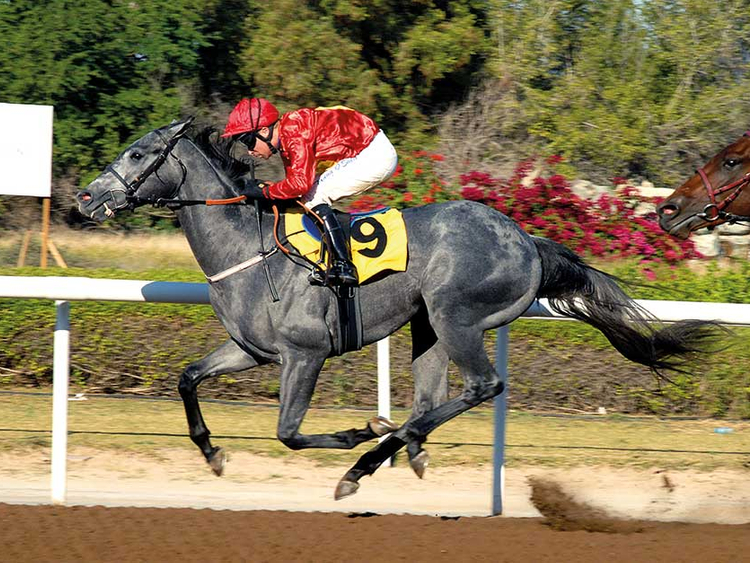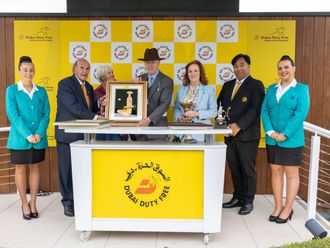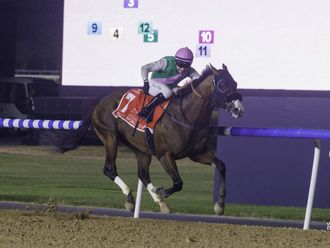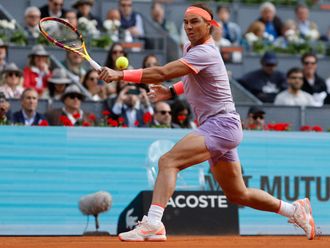
Dubai: Outspoken trainer Satish Seemar is encouraging more new owners to embrace horse racing in the UAE, asserting that it was the best way to experience the many thrills associated with the sport.
Speaking after The New Maharajah, a horse that he bought for a childhood friend, made a winning debut at Jebel Ali Racecourse on Friday, the Zabeel Stables boss said: “The sport of horse racing happens at many different levels but there is always a place for the new comer, the small owner.
“Take The New Maharajah, he is a very good example of buying a horse at an affordable prize and of having the satisfaction of seeing a young horse like him win in his very first race.
“He didn’t cost millions. I picked him up for $70,000 at the Ocala sales in Florida last April, but he’s already starting to return the investment,” he added.
“I made it very clear to Bobby [Charnesh Kapoor] that buying a horse was not purely an investment, but a different way to experience horse racing.
“With a little more luck, the horse may even live up to the name given to him by Bobby’s daughter, Avni.”
Seemar, a pioneering trainer who has held a UAE trainer’s licence right from the formative years of horse racing in the early nineties, has called on the authorities to encourage the recruitment of new owners which he believes will support the growth of racehorse ownership and impact on racecourse attendances and the sport’s overall appeal.
“The Darley Godolphin Sale and the Dubai Horse Sale are of massive significance to the sport as they allow owners, both old and new, to buy horses of royal pedigree,” he said.
“This has given horse racing in the country a bigger boost and a further will come if the authorities introduce some races just for horses from the sales.
“In the beginning, I understand, there were not enough horses, but now we have at least 200 horses registered in the UAE, so we need more races for these horses,” he stressed.
“We can easily have a championship race for them, which will not only complement the sale, the breeding, the pedigrees, but racing in the UAE overall.”
Seemar’s recommendations carry a lot of weight for the future investment in the horse racing industry which thrives on horse population among its many wide-ranging goals.
In 2000, the Dubai Racing Club introduced the Dh500,000 Pearls of Dubai International Sales Graduate Stakes at Nad Al Sheba Racecourse, a race restricted to horses bought at the inaugural Pearls of Dubai Auction the same year where the winner would receive receive attractive incentives like an invitation to the Group 2 UAE Derby.
“Races like these were very much a part of the racing calendar and if they can be revived that’s what us trainers and owners would love. I can’t emphasise it more than that. It’s the need of the hour.”













